Brush up on your down knowledge this winter
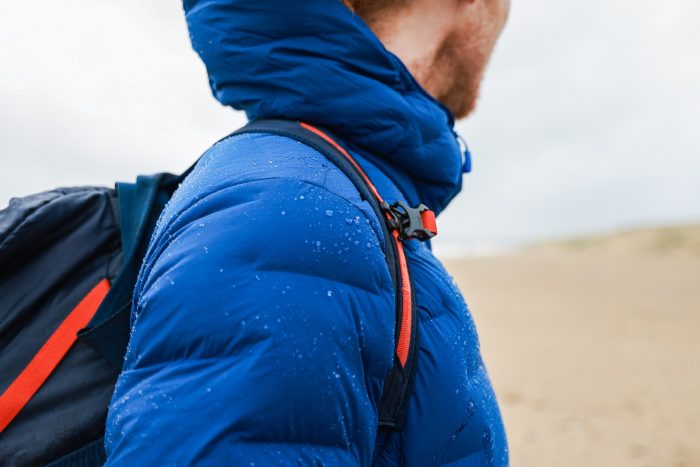
Who doesn’t love down at this time of year? It provides an exceptional warmth to weight ratio, is lightweight, resists damage incurred from stuffing into a backpack, and is widely considered to be the best insulator known to man. However, how much do we really know about nature’s best insulator? We address four key questions often asked of us at Nikwax HQ…
When was down-filled gear first invented?
A 1922 expedition up Mount Everest is the first recorded use of a down jacket! As far as we know, Australian mountaineer George Finch, was the inventor of the puffer (down) jacket technology that is still in use today. A receipt for his jacket from SW Silver and Co – outfit contractors and manufacturers of camping equipment – is stored in the archives of the Royal Geographic Society in London with the following note:
“We are sending you herewith an eiderdown lined coat, trousers and gauntlets as per instructions from Capt. Farrar. These garments have been made to the order of Captain Finch of the Mount Everest expedition”.
Finch’s “eiderdown-lined coat” was in stark contrast to the typical mountaineering clothing of the time (English climbers wore a mixture of jumpers, scarves, pyjamas, and tweed) and he was teased for it. However, his creativity eventually prevailed:
“Finch, who had a scientific brain, invented a wonderful green quilted eiderdown suit of aeroplane fabric. Not a particle of wind could get through.” Expedition photographer, John Noel
“Everybody now envying … my eiderdown coat, and it is no longer laughed at.” George Finch
What are the different types of down?
Duck and goose down
Down is the layer of fine feathers that is found underneath birds’ tougher exterior feathers, and it is made up of clusters of light, fluffy filaments growing from a central quill point. Duck and goose down is most commonly used in clothing and outdoor gear.
Being larger birds, goose down clusters are generally larger and loftier, resulting in better thermal efficiency, hence most premium down products are made with it. Duck down, however, is more readily available so you’ll see more of it on the market, particularly in mid-range and budget products.
Did you know duck down supposedly has more of an odour? This is because ducks have a more diverse diet, which can make their down oilier, whereas geese eat mostly grass. But don’t worry, the majority of down fill used in decent outdoor gear has undergone a thorough cleaning process, removing any lingering odours.
Synthetic Insulation
Synthetic insulation is becoming increasingly common and often stands its ground when competing against natural down; the main difference being how it copes in wet conditions. Unless real down is hydrophobic, it will clump together, causing a reduction in loft and loss of insulation. Synthetic down is often treated to cope better with moisture and damp conditions, is generally easier to clean and care for, and is a less expensive filling than down.
However, where real down reigns supreme is in its weight to warmth ratio and compressibility, synthetic insulation is usually heavier and won’t pack down as small.
Hydrophobic Down
Nikwax’s revolutionary Hydrophobic Down is a water-resistant down fill that retains loft and recovers quickly after a downpour; all without adding weight. PFC-free, Nikwax Hydrophobic Down is environmentally safe and works by adding a flexible Durable Water Repellent finish to each individual down filament, that is at least 50 times more water resistant than standard down, thereby reducing the absorption of moisture – whether from the inside (perspiration, condensation) or the outside (rain and snow). It maintains its high-performance loft and insulation properties in cold and damp conditions.
As a result, NHD is the optimal down fill for sleeping bags, jackets and gilets.
What is down fill power?
This is the terminology used to describe the volume of down when it is fully lofted (at its fluffiest!). A jacket with a higher fill power means the down clusters take up more space and therefore trap more air, which equates to a higher warmth-to-weight ratio (900-fill power is a better insulator than 550-fill power).
However, be aware that a high fill power doesn’t always result in a super warm down jacket. It also depends on the amount of down used. For example, an item that has 150g of 700 fill power will be less warm than an item with 300g of 550 fill power.
Down filled gear should always display a fill power rating so be sure to check before you buy:
Medium 400 – 500
Good 500 – 550
Very Good 550 – 750
Excellent 750 – 900
How should I care for my down gear?
With high performance Nikwax products of course! Down items require expert care to keep them performing at their best time and again; do not put them in the wash with normal detergents, which can damage the down’s natural properties by leaving hydrophilic (water-attracting) residues on the fabric and down.
Nikwax Down Wash.Direct® has been created specifically for hydrophobic and regular down filled gear. It thoroughly cleans and removes all dirt and contaminants that have built up on both the outer fabric and down fill of your jacket or sleeping bag, whilst reviving breathability and insulation. In the case of hydrophobic down, it also revitalises the durable water repellency (DWR).
When it is time to re-proof your down jacket (when water no longer beads up and runs off it) we recommend you use Nikwax Down Proof, our high performance wash-in waterproofer. It adds DWR to the fabric and down fill, and improves the natural, insulating properties of down.
All Nikwax products have been formulated for use in a washing machine, making your life easier! After washing your down jacket on a gentle cycle and spin drying it, we recommend a tumble dry. Down jackets and sleeping bags should never be left wet, which risks permanent damage to the delicate down fill and should not be stored compressed for long periods of time

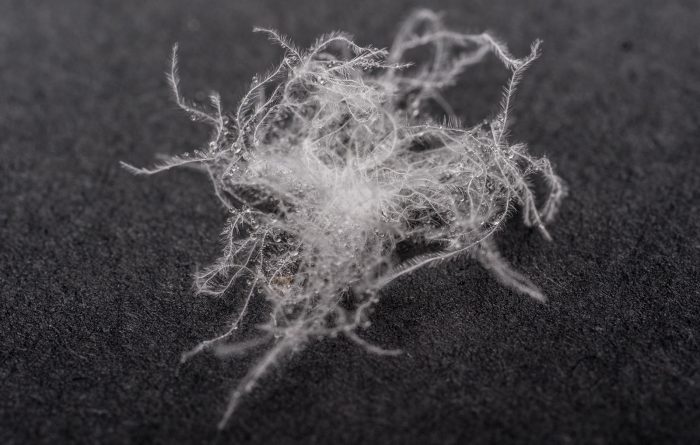
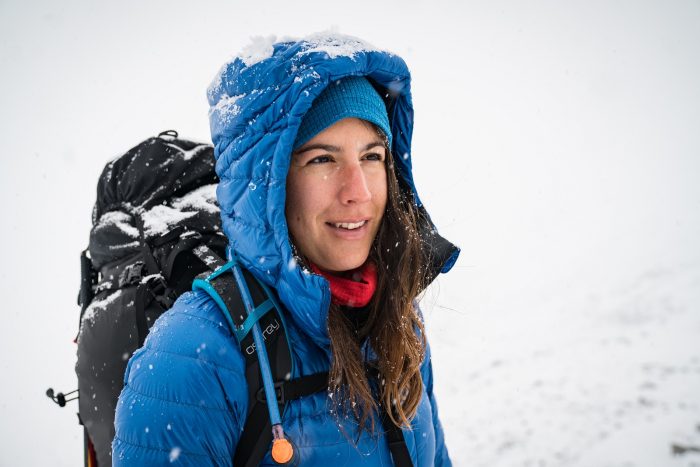
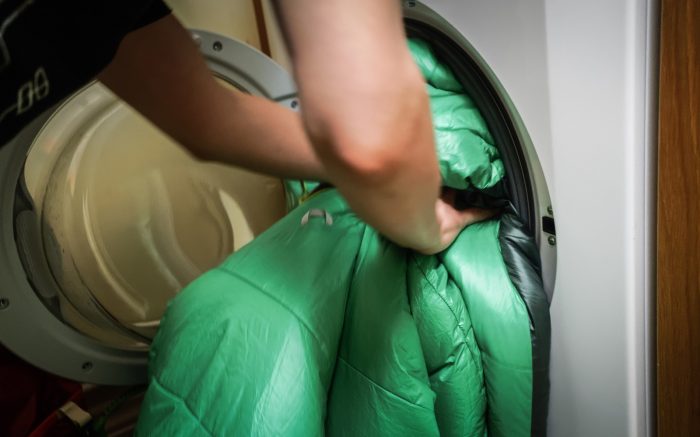
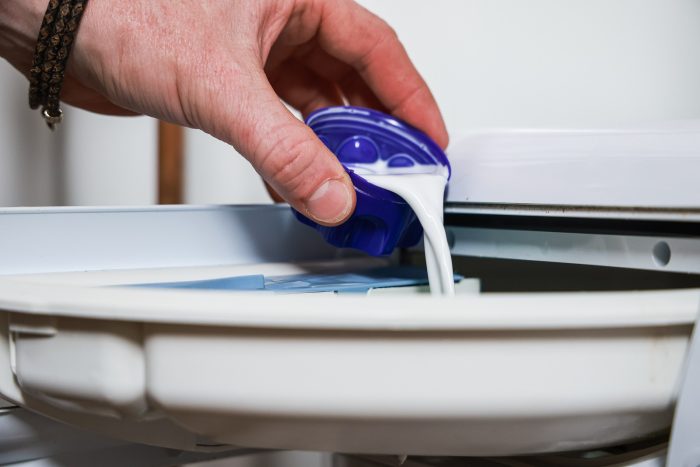
Leave a Reply